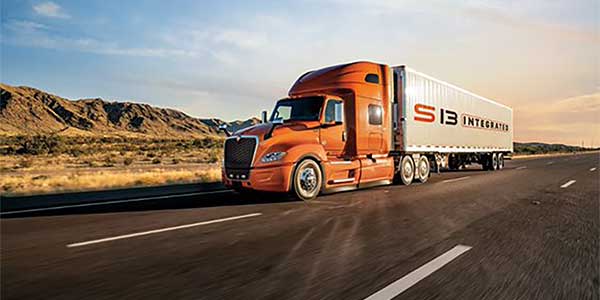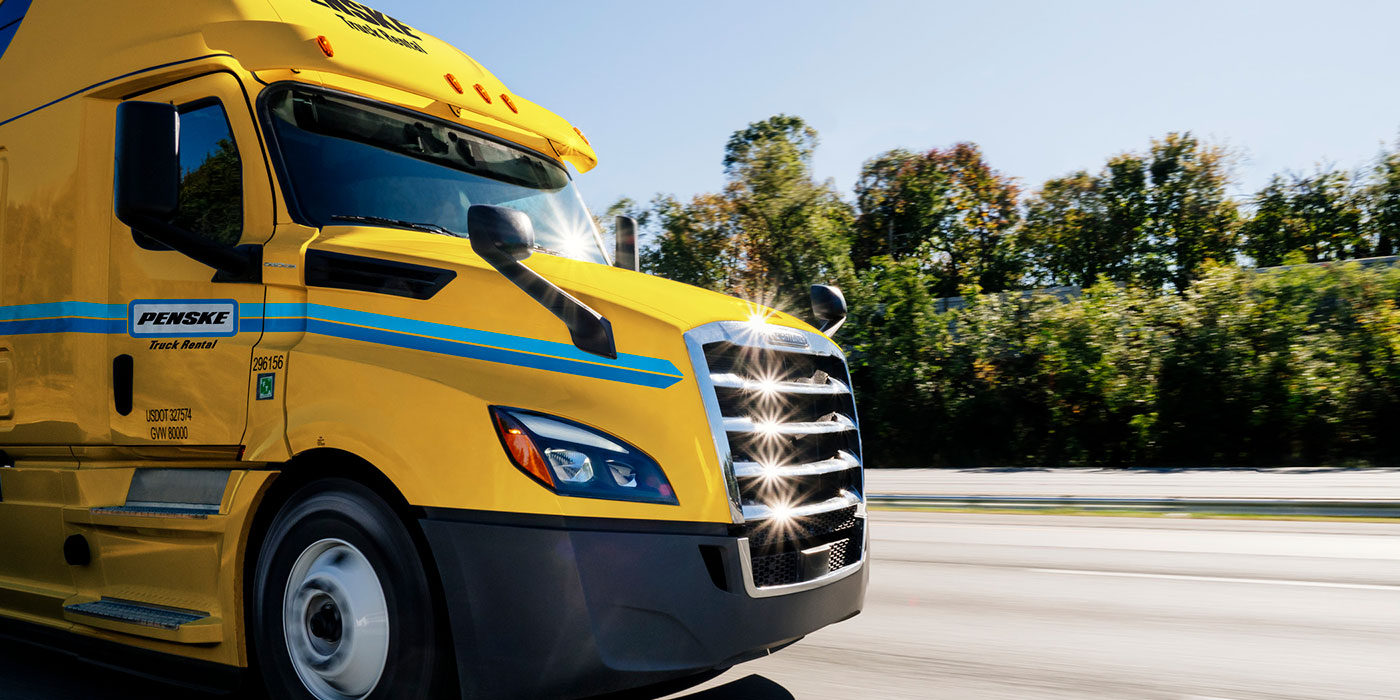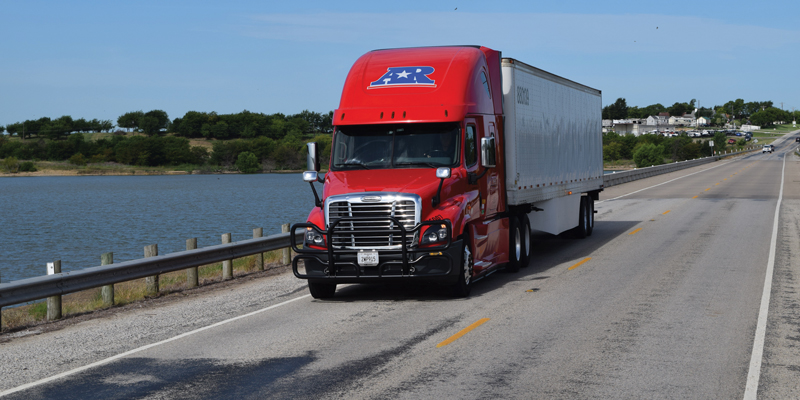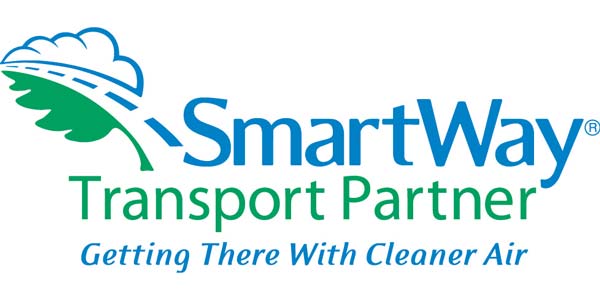The SmartWay Partnership recently launched a new initiative to reduce pollution from the thousands of short-haul trucks that service the nation’s ports. Although not exclusively, SmartWay’s attention has been centered on over-the-road trucking because of the amount of fuel consumed in this sector. This new initiative brings attention to one of the biggest sources of pollution and greenhouse gas emissions in the country.
In a report titled “U.S. Container Ports and Air Pollution: a Perfect Storm,” James Cannon, president of Energy Futures Inc., described how three factors combine in port cities to create “A Perfect Storm”: Diesel is the main fuel source for drayage trucks and the container ships they serve, ports are generally situated in densely populated settings, and they are often subject to onshore prevailing winds.
SmartWay has been joined by the Coalition for Responsible Transportation (CRT) in the launch of this new initiative. CRT is a national coalition of importers, exporters, trucking companies, truck manufacturers and ocean carriers that have come together to help decrease emissions in and around our nation’s ports. Many trucks in drayage operations today are older and environmentally less friendly than trucks used in highway applications, and contribute to public health and environmental challenges at ports and surrounding areas. Model year 1994 and older dray trucks emit approximately 60 times more fine particulate emissions than model year 2007 and newer trucks, according to EPA calculations. Such emissions have been linked to premature deaths, heart attacks, childhood asthma and increased emergency room and hospital visits.
CRT members have been working on both coasts in their efforts to improve the environment. For example, an estimated 1,500 model-year 2007 emissions compliant trucks have been put into service at the Ports of Los Angeles and Long Beach, and CRT member companies are responsible for the deployment of most of the alternative fueled trucks that are currently in service at those ports. Coalition members are deploying clean-diesel and liquefied natural gas (LNG) trucks at ports around the nation. These trucks are privately financed by member companies and reduce emissions by 80% or more compared to the trucks they are replacing.
The coalition is a perfect partner for the new SmartWay initiative. Included in its published goals are the creation and implementation of sustainable business practices that minimize diesel emissions from port activities, the inclusion of an industry perspective in legislative and regulatory activities and partnering with ports across the country in support of clean air programs. Charter shipper partners in the SmartWay-CRT program include Best Buy, The Home Depot, Hewlett Packard, JC Penney, Lowe’s, Nike, Target and Wal-Mart.
Under the SmartWay drayage truck initiative, carrier members will sign an agreement with EPA to track and reduce particulate emissions by 50% and nitrogen oxide (NOx) emissions by 25% below the industry average over a three-year period. In addition, SmartWay dray shipper partners will commit to use the cleaner trucks operated by SmartWay members to haul 75% or more of port freight.
“U.S. ports generate jobs and are critical to our nation’s economy,” said Gina McCarthy, assistant administrator for EPA’s Office of Air and Radiation. “EPA’s SmartWay dray truck initiative will help ports contribute to their local economies, while protecting the air quality, environment and public health of nearby communities.”
Under the agreement and through the incentives, EPA and its SmartWay partners expect to build on the success that the SmartWay program has enjoyed in cutting fuel costs for fleets while reducing harmful diesel emissions. If you are a drayage carrier or a shipper that uses drayage haulers at our nation’s ports, consider supporting this initiative by joining the SmartWay Partnership. To learn more about the program, go to www.epa.gov/smartway.













